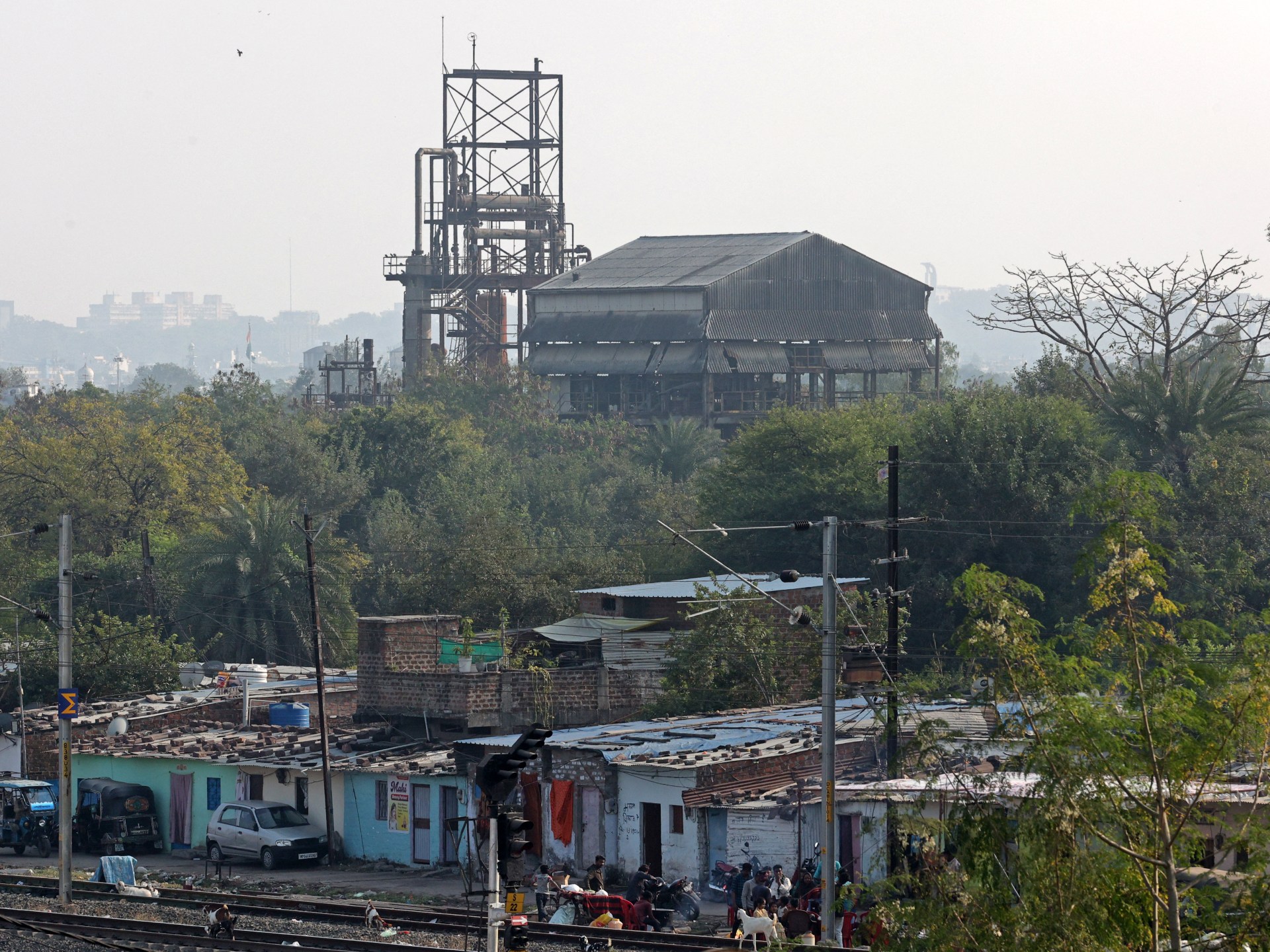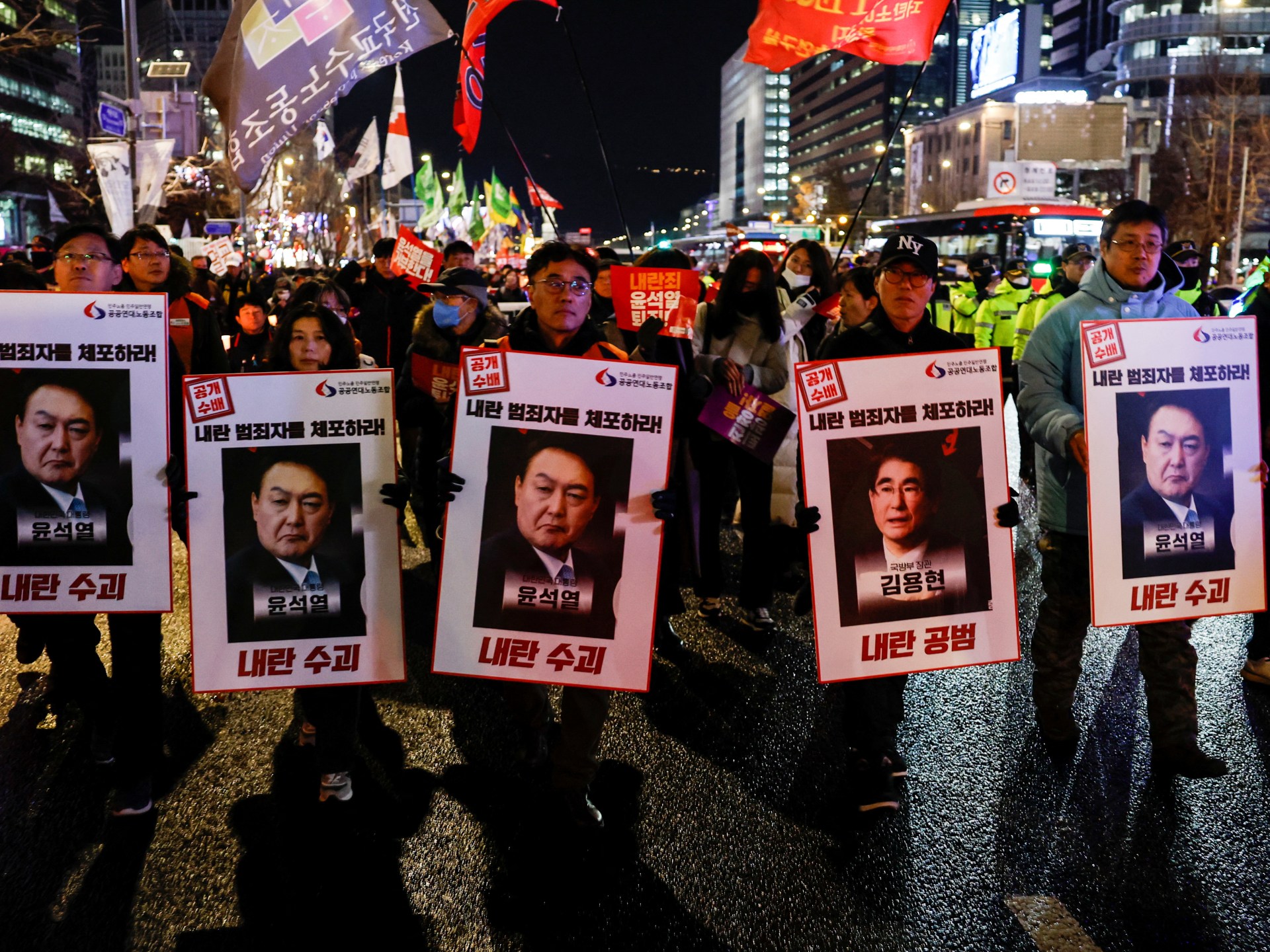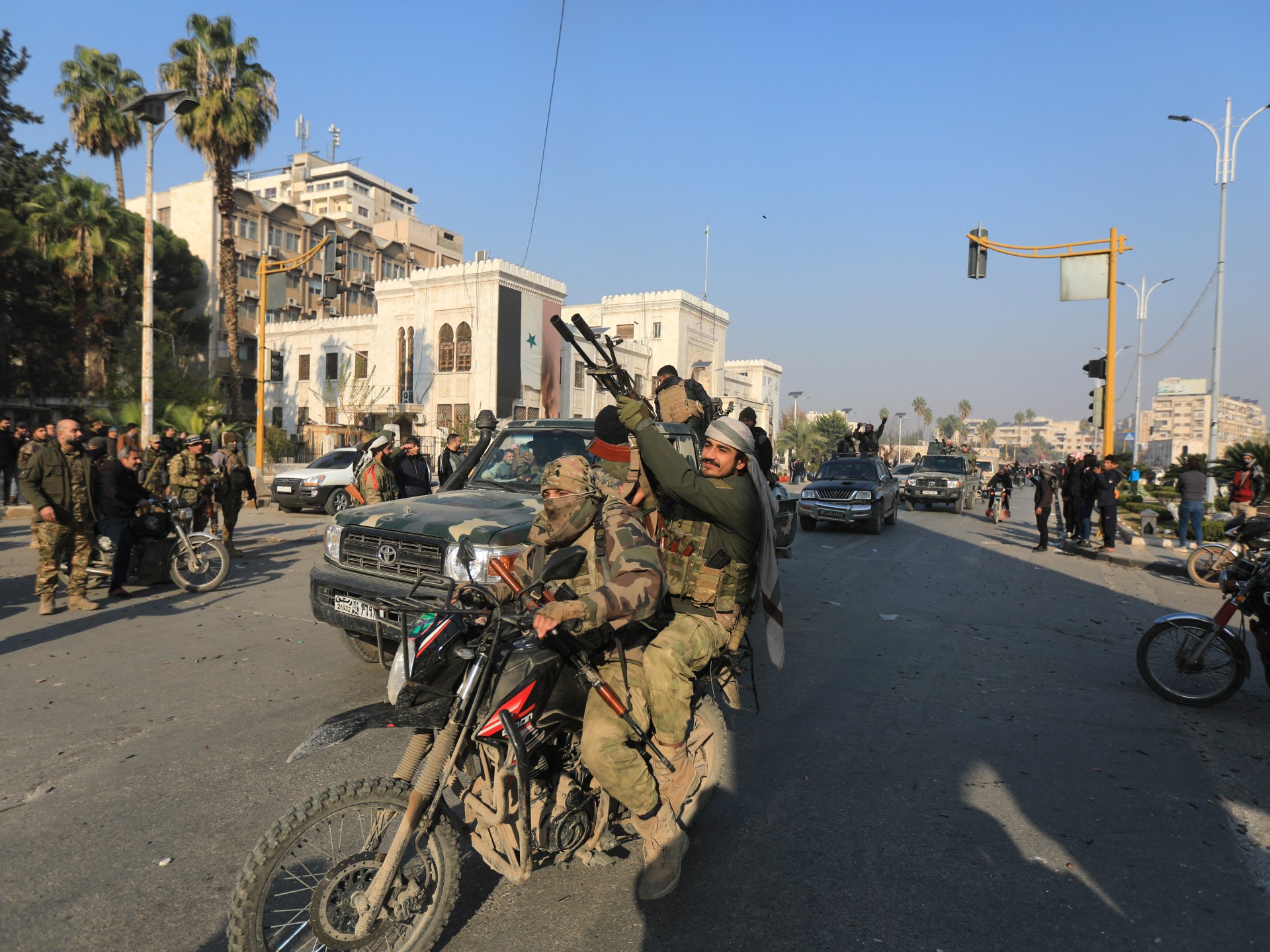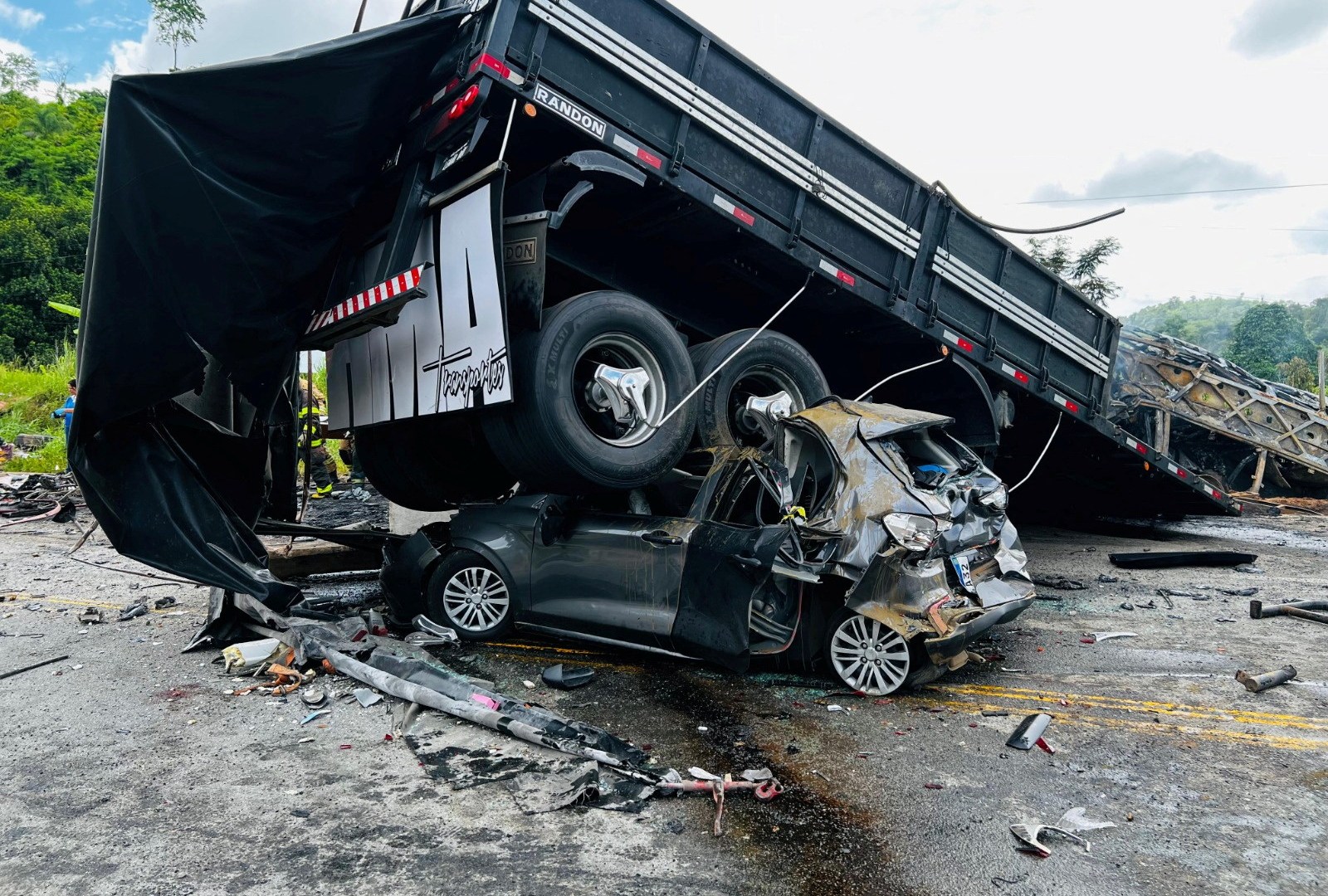India clears toxic waste from Bhopal gas leak site, 40 years after disaster
 02 January 2025
02 January 2025


Indian authorities say they have moved hundreds of tonnes of hazardous waste remaining more than 40 years after the world’s deadliest industrial disaster struck the city of Bhopal.
The waste from the site of the 1984 disaster, which killed more than 25,000 people and left at least half a million people with severe health issues, was sent to a disposal facility where it will take three to nine months to incinerate, officials said on Thursday.
In the early hours of December 3, 1984, methyl isocyanate gas leaked from a pesticide factory owned by American Union Carbide Corporation, poisoning more than half a million people in Bhopal, the capital of the Indian state of Madhya Pradesh.
More than 40 years later, on Thursday morning, a convoy of trucks transported 337 metric tonnes of that poison to a waste disposal plant in Madhya Pradesh’s industrial town of Pithampur, 230km (142 miles) from Bhopal.
Swatantra Kumar Singh, director of the Bhopal Gas Tragedy Relief and Rehabilitation Department, told Reuters news agency the waste would be disposed of in an environmentally safe manner that would not harm the local ecosystem.
Advertisement
The federal pollution control agency had carried out a trial run for the waste disposal process in 2015 with 10 metric tonnes of poison, finding that levels of resulting emissions were in line with national standards, the state government said in a statement.
However, activists claim the solid waste would be buried in landfills after incineration, contaminating the water and creating an environmental problem.
“Why is the polluter Union Carbide and Dow Chemical not being compelled to clean up its toxic waste in Bhopal?” asked Rachna Dhingra, a Bhopal-based activist who has worked with survivors of the tragedy.
Built in 1969, the Union Carbide plant, which is now owned by Dow Chemical, was seen as a symbol of industrialisation in India, generating thousands of jobs for the poor and manufacturing cheap pesticides for millions of farmers.
Disaster struck the factory in 1984 when one of the tanks storing the deadly chemical methyl isocyanate shattered its concrete casing, releasing 27 tonnes of the toxic gas into the air.
About 3,500 people were killed instantly, with up to 25,000 estimated to have died overall. Hundreds of thousands were poisoned, condemned to a future of cancer, stillbirths, miscarriages, lung and heart disease.

Testing of groundwater near the site in the past revealed that levels of chemicals causing cancer and birth defects were 50 times higher than what is accepted as safe by the United States Environmental Protection Agency.
Advertisement
Communities blame a range of health problems – including cerebral palsy, hearing and speech impairments and other disabilities – on the accident and the contamination of the groundwater.
The order to clear the waste was made in December, following the 40th anniversary of the disaster, by the high court in Madhya Pradesh state, which set a one-month deadline.
“Are you waiting for another tragedy?” said Chief Justice Suresh Kumar Kait, according to a report in The Times of India.
Related News

South Korea President Yoon under investigation for martial law chaos

Why is the opposition capture of Hama in Syria so important?

Iran says Syria’s future unclear after foreign minister hits back

